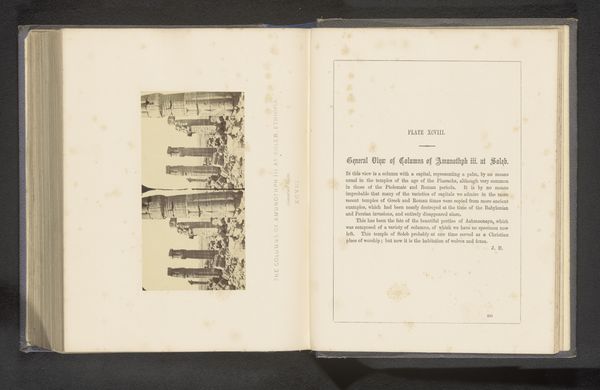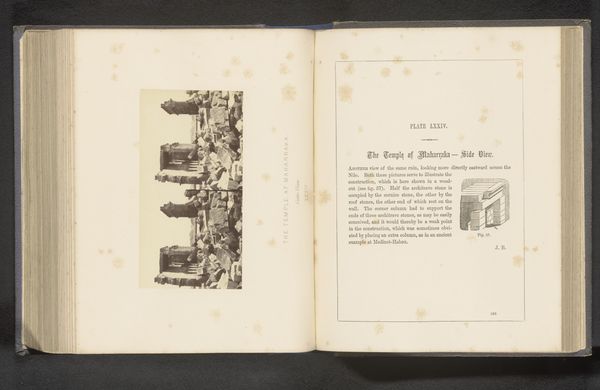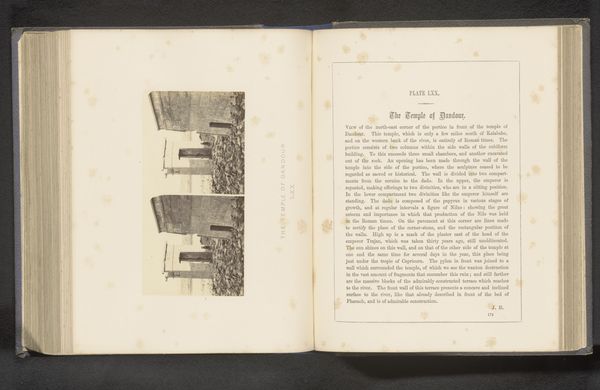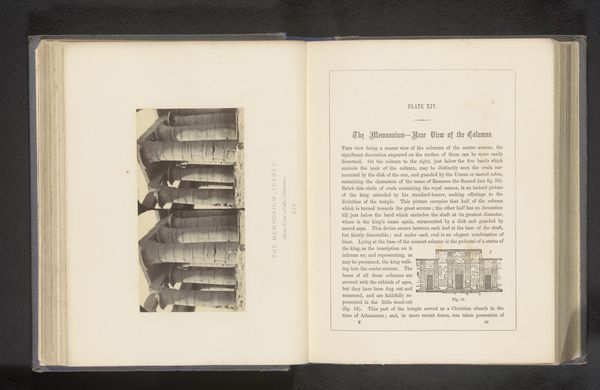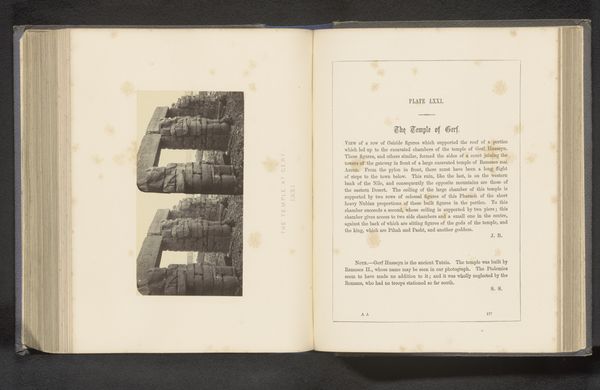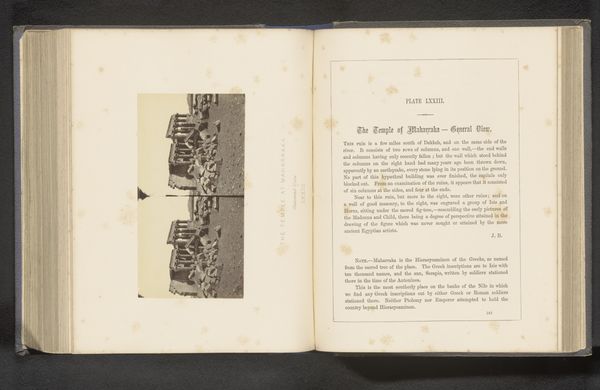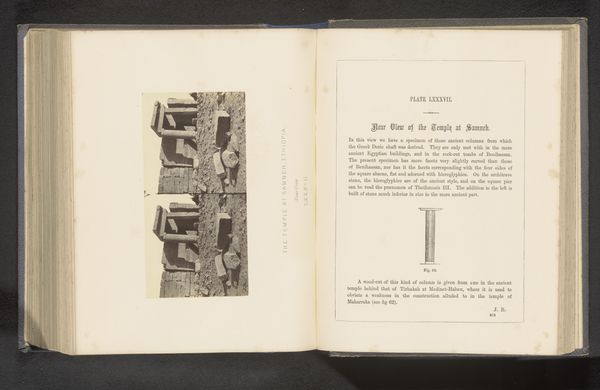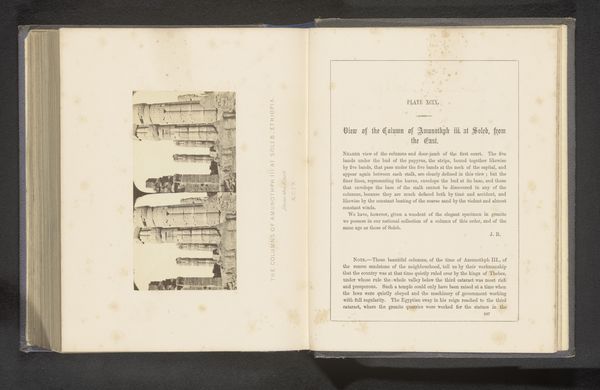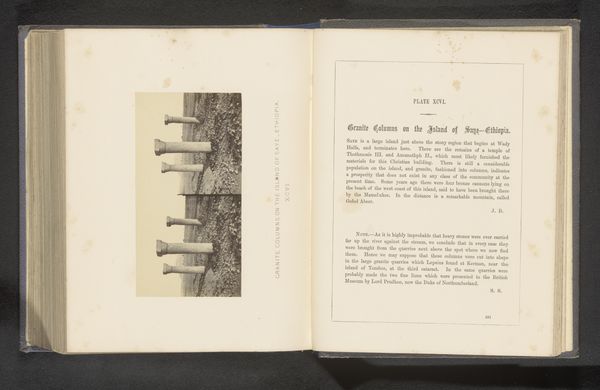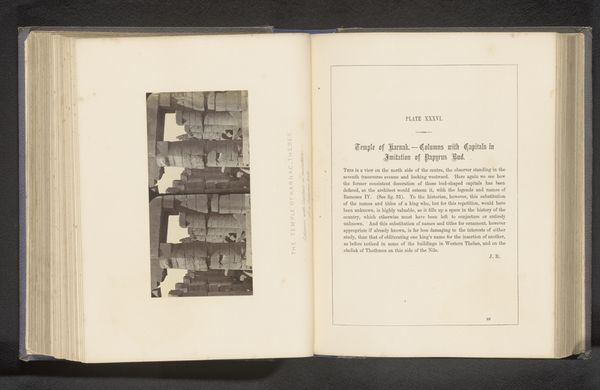
print, photography, albumen-print
# print
#
landscape
#
ancient-egyptian-art
#
photography
#
ancient-mediterranean
#
albumen-print
Dimensions: height 73 mm, width 141 mm
Copyright: Rijks Museum: Open Domain
Editor: This albumen print by Francis Frith, taken before 1862, showcases the ruins of a temple. It’s a slightly disorienting view, almost dreamlike. I find the composition rather striking because it challenges our understanding of the temples' architectural greatness. How do you interpret this work in its historical and cultural context? Curator: It is intriguing, isn’t it? Frith's photography, specifically his documentation of ancient sites like this one in Amara, Ethiopia, reveals much about 19th-century European engagement with the ancient world. These images played a role in shaping European perceptions of ancient cultures. Consider how photography, at this time, becomes a tool for both exploration and asserting a kind of visual ownership over these sites. Editor: Visual ownership? That’s an interesting concept. So, you're suggesting that Frith's work isn't just a neutral recording but also an act of claiming and presenting these ruins for a European audience? Curator: Precisely. The very act of selecting, framing, and reproducing these images distributes particular narratives. Frith’s prints would have circulated among European elites, reinforcing ideas about empire, discovery, and the ‘exotic’ other. Do you think the artistic conventions employed also subtly influenced how viewers interpreted the temples themselves? Editor: I think so. The very style that Frith applies certainly brings in a feeling of awe and respect, whilst framing these ancient structures as subjects to be observed and documented. It encourages the feeling of otherness. Thank you. Curator: And thank you. I’ve gained insight from you noticing the aesthetic dimensions that frame an understanding of these ruins, reinforcing my idea that his photographs provided a tangible and somewhat controlled encounter with a distant, ‘knowable’ past.
Comments
No comments
Be the first to comment and join the conversation on the ultimate creative platform.

